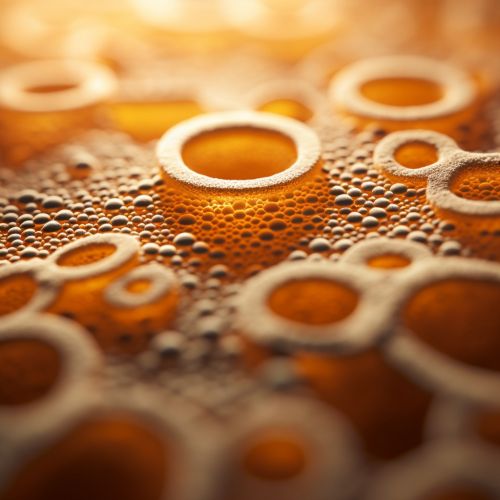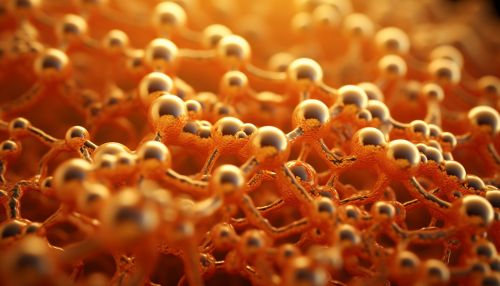Saccharomycotina
Overview
Saccharomycotina is a subphylum of fungi that includes several species of yeasts. This subphylum is part of the larger phylum Ascomycota, which is one of the largest groups of fungi in the world. Saccharomycotina is characterized by its unicellular nature and its ability to ferment sugars, which is a trait that has been harnessed by humans for thousands of years in the production of bread, beer, and wine.
Taxonomy
The subphylum Saccharomycotina is divided into three classes: Saccharomycetes, Taphrinomycetes, and Schizosaccharomycetes. Each of these classes is further divided into orders, families, genera, and species. The most well-known and widely studied species in this subphylum is Saccharomyces cerevisiae, commonly known as baker's yeast or brewer's yeast.
Morphology
Saccharomycotina species are typically unicellular, although some species can form pseudohyphae or true hyphae under certain conditions. The cells are generally oval in shape and reproduce asexually through a process known as budding. In this process, a small bud forms on the parent cell, grows in size, and eventually separates to become a new cell.


Metabolism
Saccharomycotina species are known for their ability to ferment sugars, a process that results in the production of alcohol and carbon dioxide. This ability is due to the presence of enzymes that can break down sugars into simpler molecules. The most common type of sugar fermented by these yeasts is glucose, although they can also ferment other types of sugars, such as fructose and maltose.
Ecology
Species in the subphylum Saccharomycotina are found in a variety of environments, including soil, water, and the surfaces of plants and animals. They play important roles in these ecosystems, such as decomposing organic matter and participating in nutrient cycles.
Interaction with Humans
Saccharomycotina species have been used by humans for thousands of years in the production of food and beverages. The ability of these yeasts to ferment sugars has been harnessed in the baking and brewing industries to produce bread, beer, and wine. In addition, some species are used in biotechnology for the production of biofuels and other chemicals.
Research and Future Directions
Research on Saccharomycotina species has provided valuable insights into many areas of biology, including cell biology, genetics, and biochemistry. Future research in this field is likely to continue to yield important discoveries, particularly in the areas of biotechnology and medicine.
